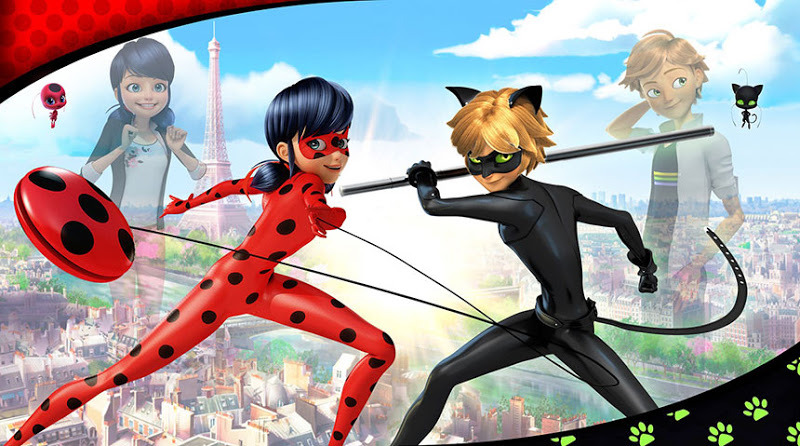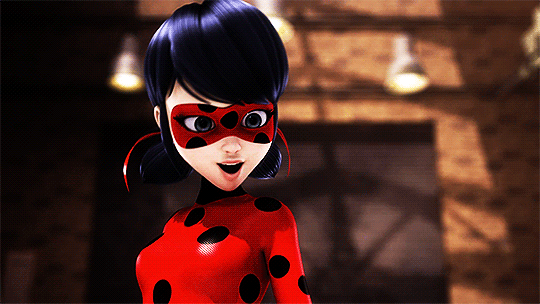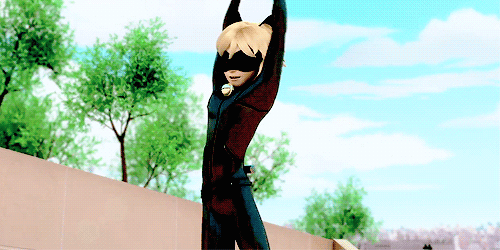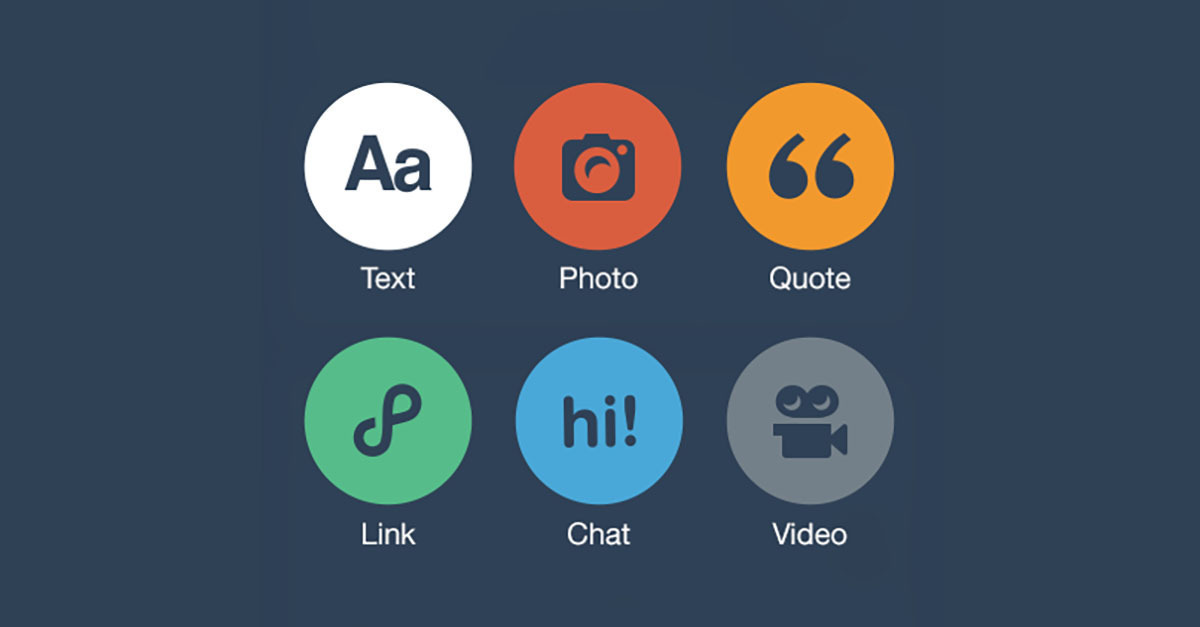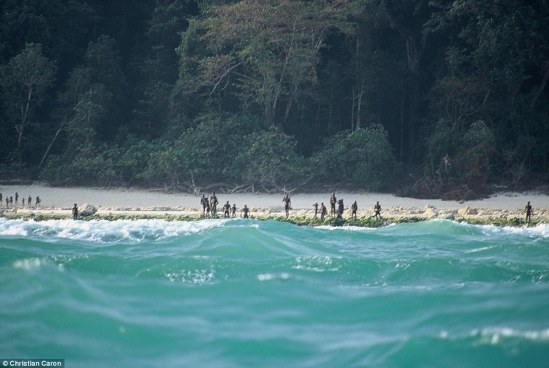If you had to choose between a 4 for $4 at Wendy’s versus a $15+ purchase of groceries to make your own dinner, it’s a good guess you’d rather go the easy way out. For people who can’t afford to buy $300 of food at the store every week, fast food is an easy solution to being able to provide for yourself and/or your family.
With over 322 million people living in the United States, fast food is essential. Easy and cheap, and it’s something. For people who can afford to drop hundreds of dollars at a supermarket for fresh produce, fast food restaurants are sleazy and gross. It’s probably fair that rich people can’t understand that they don’t have to worry about where their next meal is coming from. Wealthier people say “Oh, this is so unhealthy” and that it creates obesity, but a poor person will say, “Thank goodness, something I can afford.”
How are we supposed to feed 300 million people 3 meals a day with fresh fruits and vegetables, proteins and healthy fats? The answer is, we can’t. There are people who can’t even get to that 3-meal-a-day plan. And the meals they can eat? Fast food. It feeds people fast and for cheap.
There’s no conceivable way to get enough land to farm all those vegetables and livestock in a spacious area, unless we want to delete everyone in the South and turn it into strict farmland, which is obviously not going to happen. We have to get used to fast food as a part of culture, because people need it.
